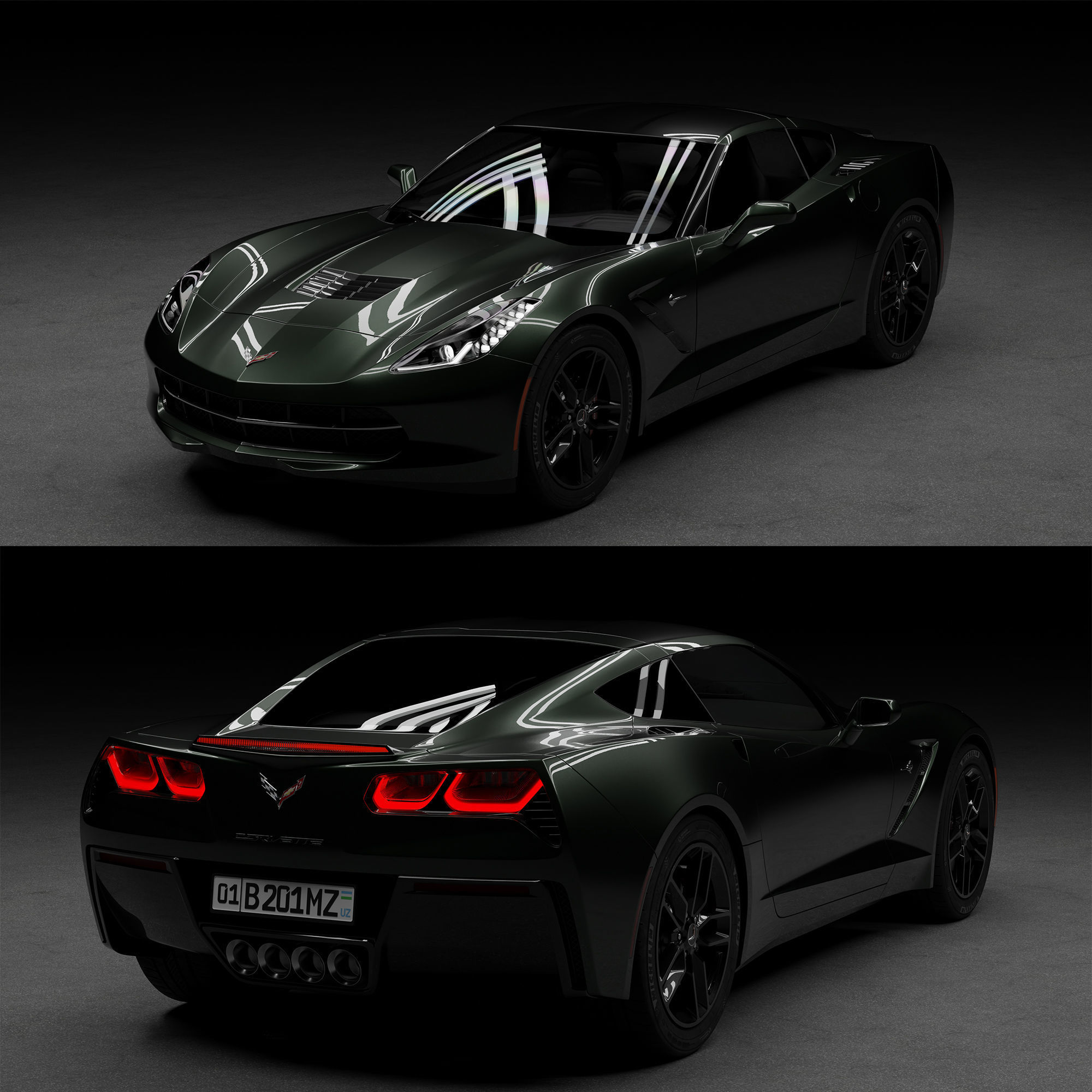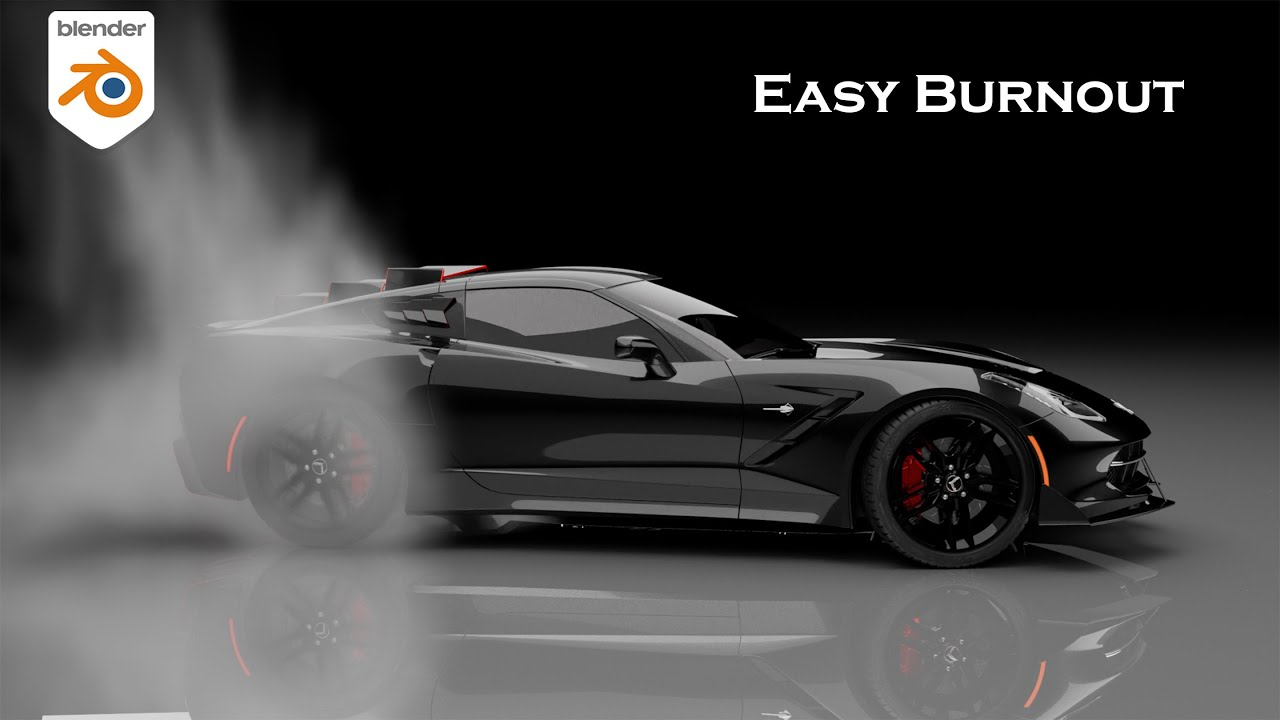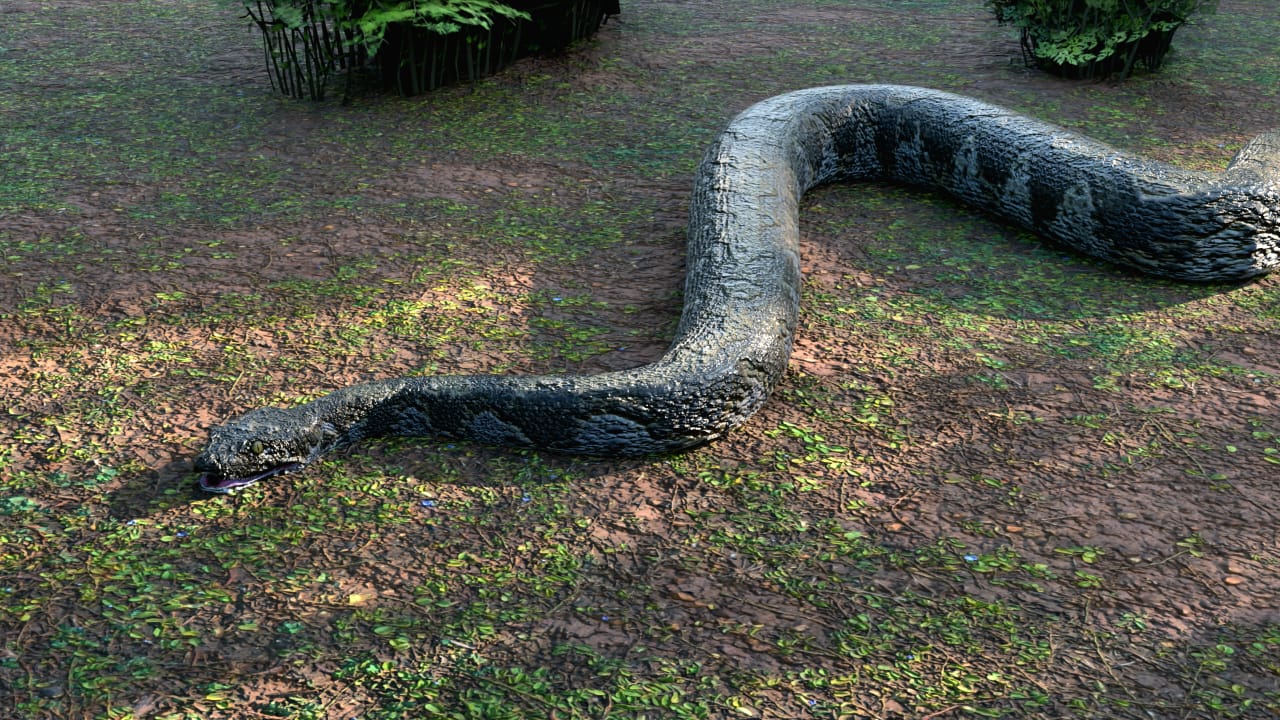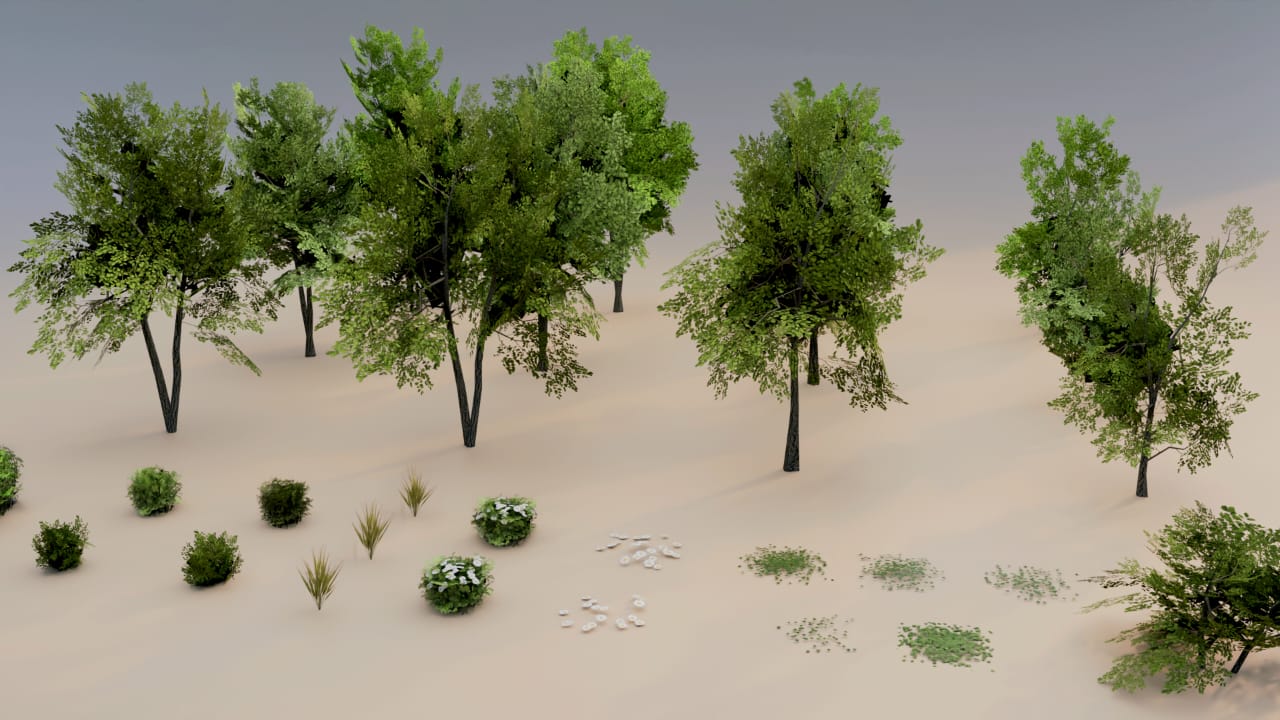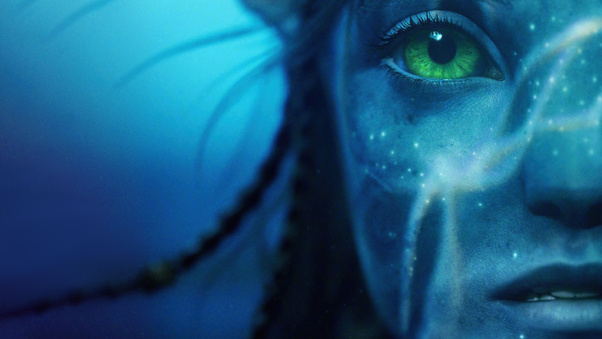Free HDRi Assets Download🌲
Free HDRi Assets Download🌲
Night HDRI

Download HDRI for Blender Tutorial
Click and wait for 20 seconds 👇
How to Set Up HDRI Lighting in Blender (Beginner Friendly) 🌄✨
Want to give your Blender renders a professional, realistic vibe using HDRI lighting? Let’s walk through the easy process featured in this tutorial so your scenes truly shine—perfect for cars, products, or moody environments! 🚗🔆
🛠️ Step 1: Prepare Your Scene
- Open Blender.
- Delete the default cube
- Press
Ato select all, thenDelete.
- Press
- Add a UV Sphere for the Dome:
- Press
Shift + A→ Mesh → UV Sphere.
- Press
🏗️ Step 2: Make the Dome
- Enter Edit Mode (
Tab). - Switch to wireframe view (
Zor via the viewport icon). - Select the top half of the sphere (box select or manually).
- Flatten the top:
- Press
S, thenZ, then type0.
- Press
- Set Z location to 0 in side panel (press
Nto open). - Select all faces (
A) and flip normals:- Press
Alt + N→ Flip Normals.
- Press
- Go back to Object Mode, scale up the dome (
S), and apply scale (Ctrl + A→ Scale).
🌄 Step 3: Add & Set Up HDRI Texture
- Open the Shader Editor
- Split your window, select Shader Editor.
- Delete the default Principled BSDF node (select it, hit
Delete). - Add the following nodes:
- Environment Texture
- Mix Shader
- Diffuse Shader
- Emission Shader
- Connect nodes:
- Plug Diffuse and Emission into Mix Shader, and Mix Shader to Material Output.
- Connect Environment Texture to both Diffuse and Emission Shader inputs.
🖼️ Step 4: Load Your HDRI
- Switch render engine to Cycles:
- Go to Render Properties → Set to Cycles.
- Open your HDRI texture file:
- In the Environment Texture node, click “Open,” and browse to your HDRI image.
- Need one? Try this free HDRI 🌅
- Press Ctrl + T to add Mapping nodes (Enable Node Wrangler add-on if needed!).
- Connect the Object output to the Vector input.
- Adjust Z rotation to tweak the light direction for your scene.
🔍 Step 5: Test Shadows & Finalise
- Add a Cube and check if your scene has proper shadows.
- If not, edit the dome’s bottom faces:
- Go into Edit Mode, select just the bottom faces.
- Add a new material slot (+ icon in Material Properties).
- Assign the same material, then separate it so you can edit.
- In the new material, remove Emission and Mix Shader—leave just the Diffuse node.
- This lets shadows work properly without the “glowing floor” effect.
💡 Pro Tips
- Apply scale when resizing objects for correct material effects.
- Enable Node Wrangler add-on: makes mapping/skipping nodes much quicker!
- HDRI lighting adds ultra-realism, but a subtle area light can boost your results. Experiment with locations, power, and color.
🚗 Render & Share!
- Add your hero object (try a cool car model!).
- Adjust camera and lighting until it’s perfect.
- Render and let the realistic HDRI lighting make your scene pop! 🎉
Happy Blending and bright scenes! 🌟 If this helped, hit like or share with friends new to Blender!
Make your next project glow with beautiful, natural lighting in Blender! 🖥️🌈
⁂

